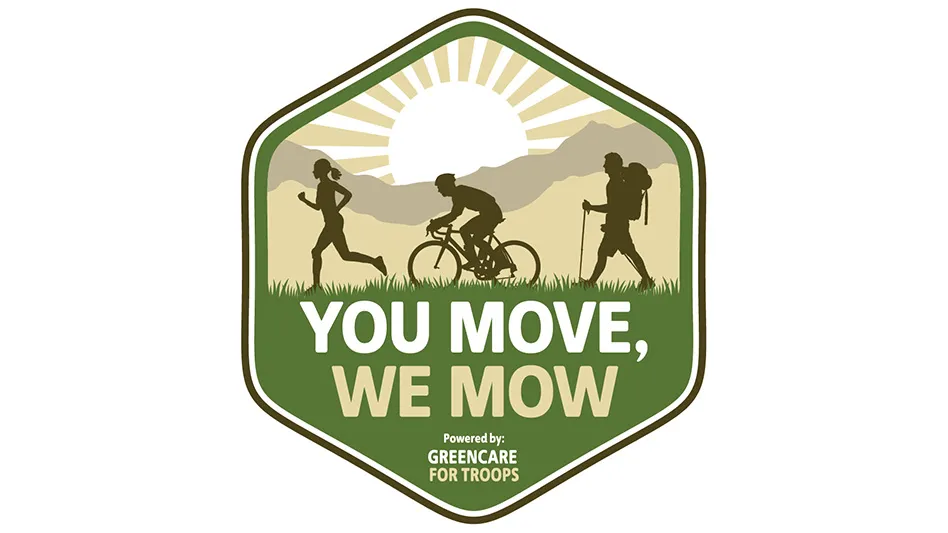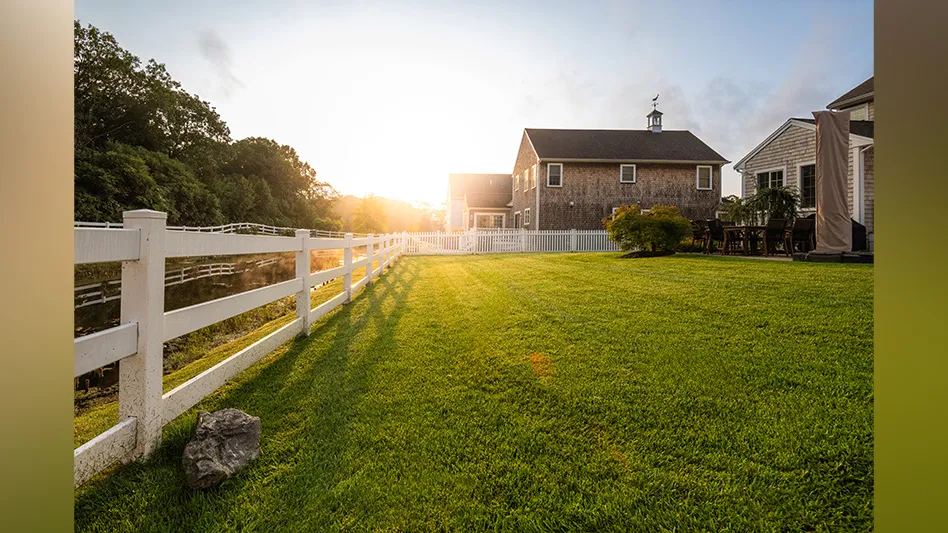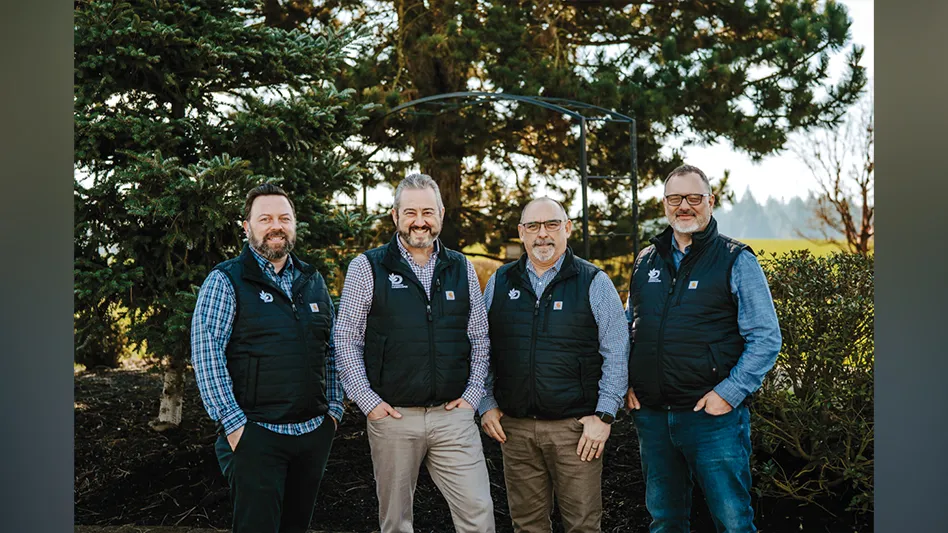
.jpg) |
Heavy equipment is dangerous, expensive and completely necessary for large snow management jobs. Taking all of that into consideration can make pricing a challenge. Whether to lease or purchase, where to store it and how to price offsite snow removal can be big headaches.
Leasing and purchasing
Mike Callahan, owner of Callahan’s Lawn Care in Rochester, N.Y., has found a break point when it comes to leasing or buying. He bases his decisions on the job and cash flow. “Honestly, with the vendor we’re using right now, 99 percent of our stuff we lease because the guy is great,” he says.
His vendor, a contractor who does drainage and tile work and doesn’t use his heavy equipment during the winter, includes maintenance in the price and keeps backup equipment in stock. “He’s got a fulltime maintenance staff that goes and gasses things up, they great them, anything that’s an issue outside of a flat tire in the middle of the night,” he says. “Literally, you call the guy and he’s there in an hour. It’s insane.”
Scott Wilson, owner of Wilson Landscaping & Lawn in Swansea, Ill., looks at how often he’ll be using the piece of equipment. For a large piece, he opts for a lease on vehicles he isn’t going to use at least 50 percent of the time. “It also depends on if we need to buy a large purchase item to offset our profit and loss statements,” he says.
Offsite snow removal
When you have to remove snow from properties, you can price it by square foot or by man-hour. Wilson and Callahan both look at the equipment and man-hours necessary to do the job.
“People ask, why don’t you do it price per square foot? Well, we can’t,” he says. “Because if I did a wide open parking lot, price per square foot, it will take me less time than to do one that’s broken off with islands and all that.”
Callahan puts everything in the contract upfront and bills hourly, breaking the price down by loader, backhoe, skid steer and eight-wheel dump truck. His company subcontracts out a lot of his snow removal work since his company can’t use that equipment year-round.
Wilson has a high, medium and low priority classification, which also determine the price. Priority A is those customers that want a 1-inch trigger like schools, banks and retail centers while priority B is those that want a 2- or 3-inch trigger and priority C is above 3 inches.
“We take size into consideration,” he says. “It also depends on the difficulty of maneuvering tight areas. There are a lot of distractions in a parking lot like cart corrals, islands, tight corners, so it does depend on the size of the location. Small areas require smaller units like say our 1-ton trucks versus our ton and a half or 2-ton trucks, so it depends on what size piece of equipment you provide.”
He also takes location into consideration since all of his employees are on a set route.
Wilson Landscaping & Lawn also looks at whether a customer wants rock salt or calcium chloride since there is a large price difference.
Where to keep it
When deciding where to overnight heavy equipment, Wilson looks at the distance from the yard to the jobsite, the weather and the safety of the area.
Callahan, on the other hand, leaves everything onsite. Equipment in a high density area may move around to multiple properties but remains on the property. And if there is a piece being underutilized, his team will canvass the area, marketing to lots that will fit the truck so that it isn’t sitting idle.
Latest from Lawn & Landscape
- EverSmith Brands appoints Ken Hutcheson as its new CEO
- Manitou unveils new Woodcracker tree saw with grapple
- LandCare promotes Burnett to chief people officer
- David J. Frank Landscape celebrates 65th anniversary with groundbreaking
- Lawn & Landscape’s May issue is live
- The 2024 Top 100 List
- What do we stand for?
- SiteOne partners with FMC





